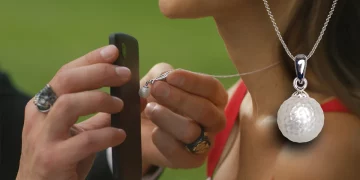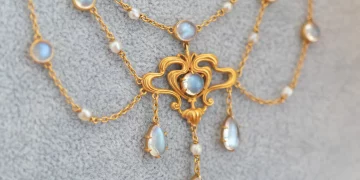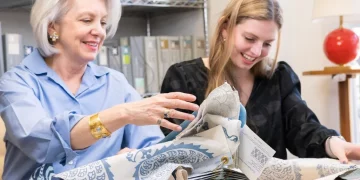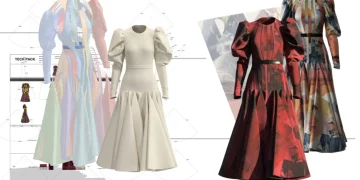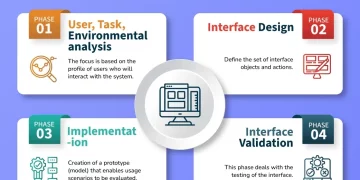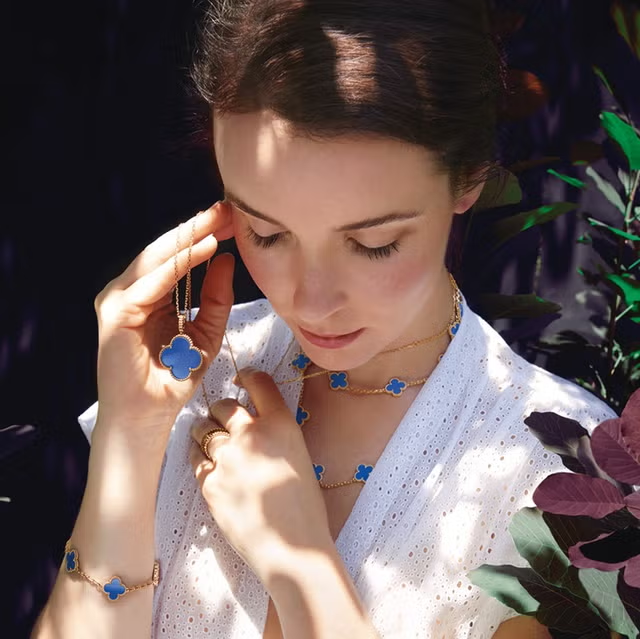Abstract
The jewelry industry, like many other sectors, is undergoing a transformation driven by advancements in technology. As technology and art continue to intersect, the role of the jewelry designer is expanding beyond traditional techniques and materials. In a world where digital tools, 3D printing, augmented reality, and even artificial intelligence are shaping the future of design, the skill set required for jewelry designers is evolving. This article explores the new skills jewelry designers must acquire to effectively navigate the convergence of technology and art in the modern jewelry landscape. From mastering digital design tools to understanding sustainable production methods, this piece outlines how the industry is changing and the key competencies designers must cultivate to stay ahead of the curve.
1. Introduction
Jewelry design has long been regarded as an art form, with skilled artisans meticulously crafting pieces by hand, relying on years of experience and expertise. However, as technology continues to reshape industries across the globe, the world of jewelry design is no exception. Digital tools, 3D printing, virtual try-ons, and artificial intelligence are increasingly becoming integral parts of the design process, offering new possibilities for creativity and efficiency.
For designers to remain relevant in an ever-evolving market, they must embrace new technologies and develop a set of skills that blend traditional craftsmanship with cutting-edge innovation. This convergence of technology and art is not just about using new tools; it also involves rethinking the creative process and staying attuned to shifts in consumer expectations. As the jewelry industry continues to modernize, designers who can fuse technological advancements with artistic integrity will have a significant edge in an increasingly competitive market.
2. The Impact of Technology on Jewelry Design
2.1 Digital Tools and Software for Design
In the past, jewelry designers primarily relied on hand-drawn sketches and physical models to visualize their creations. While these methods are still important in the design process, technology has introduced a wide range of digital tools that have revolutionized the way designers conceptualize, create, and refine their work.
- 3D Modeling and CAD (Computer-Aided Design): CAD software is perhaps one of the most important tools in modern jewelry design. Programs such as Rhino, Matrix, and AutoCAD allow designers to create highly detailed digital models of their jewelry, which can be manipulated, tested, and perfected before any physical creation begins. Mastering these tools is essential for future jewelry designers, as they provide a greater degree of precision and flexibility than traditional design methods.
- Virtual and Augmented Reality: As the demand for immersive experiences grows, virtual and augmented reality (VR/AR) technologies are starting to play a role in the jewelry design process. Designers can use AR to overlay their designs onto real-world environments, allowing them to visualize how the piece will look from various angles and in different settings. VR, on the other hand, can enable designers to explore their creations in a fully interactive 3D space, offering a deeper sense of scale and dimension.
2.2 3D Printing and Rapid Prototyping
One of the most disruptive technologies in the jewelry design industry is 3D printing, which allows designers to rapidly prototype and create complex models with incredible precision. This technology has made it easier and more affordable for designers to experiment with new materials, intricate shapes, and customized pieces.
- Rapid Prototyping: With 3D printing, designers can quickly turn their digital models into physical prototypes, helping them evaluate the form and fit of their designs in real-time. This process eliminates the need for traditional casting and mold-making, reducing costs and production time. It also enables designers to experiment with new forms and structures that would be impossible to achieve using traditional methods.
- Customization and Personalization: One of the key advantages of 3D printing is the ability to offer bespoke, personalized jewelry. Designers can create custom pieces tailored to individual customer specifications, whether it’s engraving a name or creating a completely unique design. This customization is particularly appealing in the luxury jewelry market, where exclusivity and individuality are highly valued.
2.3 Sustainable Practices and Ethical Sourcing
As sustainability becomes an increasingly important issue in the luxury market, jewelry designers will need to incorporate environmentally friendly practices into their designs. Technology is playing a crucial role in helping designers reduce waste, use recycled materials, and create ethical jewelry with minimal environmental impact.
- Recycled Materials: New technologies enable designers to source and process recycled precious metals and gemstones more efficiently. Designers can use CAD software to create designs that minimize material waste, while 3D printing techniques allow for more precise use of metals, reducing the need for excess raw materials.
- Blockchain and Transparency: Blockchain technology is being used to track the provenance of gemstones and precious metals, ensuring that they are ethically sourced. Jewelry designers who understand how to implement these technologies can offer consumers greater transparency regarding the origins of their materials, fostering trust and loyalty.
2.4 Artificial Intelligence in Design and Production
Artificial intelligence (AI) is starting to make its mark in the jewelry industry, offering designers new ways to optimize their creative process and production techniques.
- AI-Assisted Design: Some software programs now incorporate AI to assist designers by analyzing market trends, consumer preferences, and previous designs to suggest new ideas or improve existing concepts. These tools can help designers predict future trends and create pieces that are likely to resonate with consumers.
- Production Optimization: AI can also be used to streamline the production process. By using machine learning algorithms to analyze data from production lines, designers can optimize manufacturing processes, reduce errors, and improve efficiency. This is particularly useful in large-scale production, where consistency and quality control are critical.
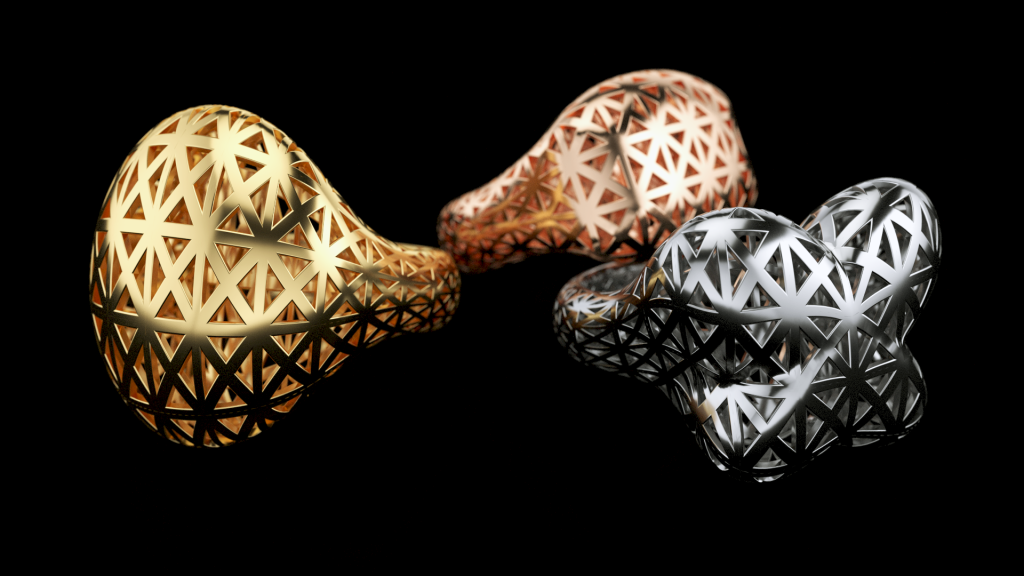
3. New Skills Jewelry Designers Need for the Future
As technology continues to shape the jewelry industry, designers must adapt by acquiring a new set of skills that combine technical proficiency with artistic creativity. Below are some of the key skills designers will need to navigate the future of jewelry design:
3.1 Proficiency with Digital Design Tools
To remain competitive in the digital age, jewelry designers will need to become proficient with advanced software tools like CAD and 3D modeling programs. These tools not only allow for more precise and efficient designs but also open up new possibilities for experimentation and creativity. Designers will need to master both the technical aspects of these tools and the artistic vision required to create pieces that resonate with their audience.
3.2 Understanding of 3D Printing and Prototyping
Future designers will need to have a deep understanding of 3D printing and prototyping techniques. This includes knowledge of the different types of 3D printers, materials, and printing processes available. Designers will also need to be able to modify their digital models to ensure they can be effectively printed and assembled. This skill set will allow designers to experiment with new forms and structures that were previously impossible with traditional methods.
3.3 Expertise in Sustainable Design and Ethical Practices
As sustainability becomes an increasingly important factor for consumers, jewelry designers will need to have a strong understanding of ethical sourcing, sustainable materials, and eco-friendly production methods. Designers will need to know how to incorporate recycled materials into their designs and how to reduce waste throughout the production process. Additionally, staying informed about advancements in sustainable technologies will be critical for creating jewelry that aligns with consumer values.
3.4 Adaptability to Consumer Trends and Technology Integration
As technology continues to transform the jewelry market, designers must remain adaptable to changing trends and emerging technologies. This includes staying informed about developments in augmented reality, artificial intelligence, and virtual try-on technology. Designers will need to incorporate these technologies into their collections in innovative ways, offering consumers interactive, immersive experiences that enhance their connection to the brand.
3.5 Mastery of Collaboration with Technologists and Engineers
Jewelry designers of the future will need to be comfortable working alongside technologists and engineers to integrate new technologies into their designs. Whether it’s collaborating with software developers to create custom 3D modeling tools or partnering with engineers to optimize manufacturing processes, designers will need to be able to communicate effectively with specialists from a range of disciplines.
4. Conclusion
The future of jewelry design is an exciting one, where the boundaries between technology and art are increasingly blurred. As digital tools, 3D printing, artificial intelligence, and sustainability drive innovation, jewelry designers will need to adapt by acquiring new technical skills, embracing new production methods, and incorporating emerging technologies into their design process. Those who can navigate this convergence of technology and art will be well-positioned to lead the industry into a new era of creativity, sustainability, and personalized luxury.
In the end, the most successful jewelry designers will be those who can balance the precision and efficiency offered by technology with the artistry and storytelling that have always defined exceptional jewelry design. By embracing the fusion of the digital and the creative, designers can create pieces that resonate with today’s consumers while paving the way for the future of jewelry.




